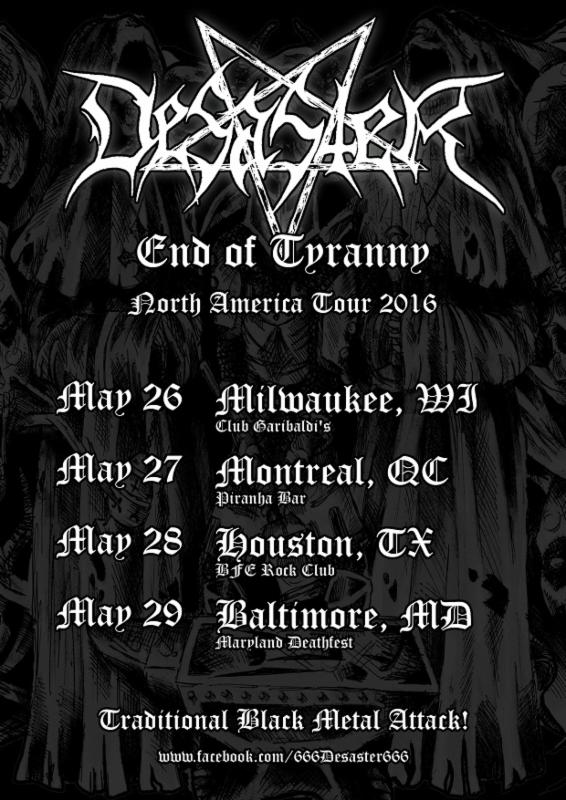
Teutonic blackened speed metal band Desaster are coming to North America to play a few show starting tomorrow.
2 CommentsTags: beer metal, Black Metal, Desaster, German Speed Metal, news, Speed Metal, tour, tour dates, upcoming tours, US tour

Teutonic blackened speed metal band Desaster are coming to North America to play a few show starting tomorrow.
2 CommentsTags: beer metal, Black Metal, Desaster, German Speed Metal, news, Speed Metal, tour, tour dates, upcoming tours, US tour
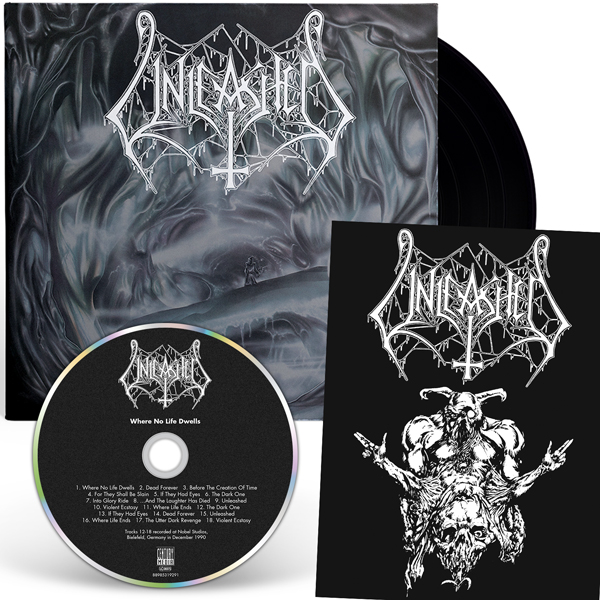
Unleashed‘s debut and most coherent album, Where No Life Dwells, is being reissued by Century Media Records.
5 CommentsTags: century media, century media records, death metal, news, reissue, Swedeath, Swedish Death Metal, Unleashed, vinyl, Where No Life Dwells
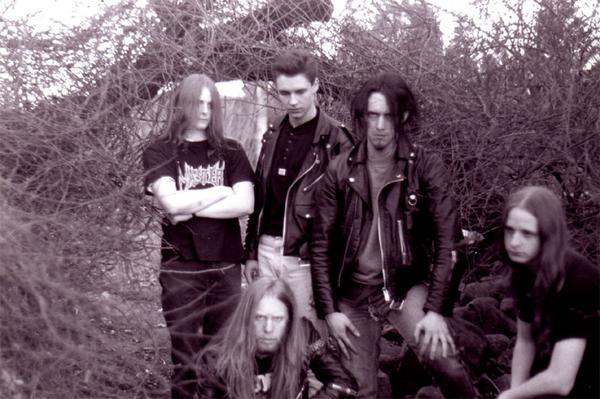
Article by Ludvig Boysen.
There are three different kinds of music that are popularly called “melodic death metal”. Each is distinct and none even belong to the same metal sub-genre.
13 CommentsTags: amorphis, At the Gates, Deicide, Legion, melodeaf, melodeath, Melodic Death Metal, metalcore, musical analysis, Slaughter of the Soul, The Karelian Isthmus
Article by Corey M.
Irkallian Oracle make a conscious effort to sidestep many death metal conventions on Apollyon. They have been paying attention to the state of death metal over the last twenty years and noticed how many bands have traveled down the dead-end paths of “tech” and “slam” in pursuit of ever-more-extreme brutality. Irkallian Oracle eschew the brutality while trying to retain the creepy, morbid expression.
11 CommentsTags: 2016, Apollyon, Black Metal, blackened death metal, boring, death metal, Irkallian Oracle, nuclear war now! productions, nwn, review

Article by David Rosales.
Ancient myths are the remnants of an age when oral traditions were the main way by which humans preserved and passed on knowledge. This may be the reason why multi-layered symbols and complex relations in stories awkwardly designed to fit differing messages into a form that we may now consider silly. Differing schools of scholarship have developed distinct theories when compiling, reconstructing, and interpreting these messages. Many keep their own “updated” versions which have morphed on their own into the age of the text when the written word defined the transferring and preservation of human knowledge.
10 CommentsTags: crimson relic, Donald Alexander Mackenzie, Forbidden Rites, franz berwald, merciless, Mythology, mythos, Purgatory's Reign, Richard Kieckhefer, Serpent Ascending, The Awakening, The Enigma Unsettled, underground metal, underground music
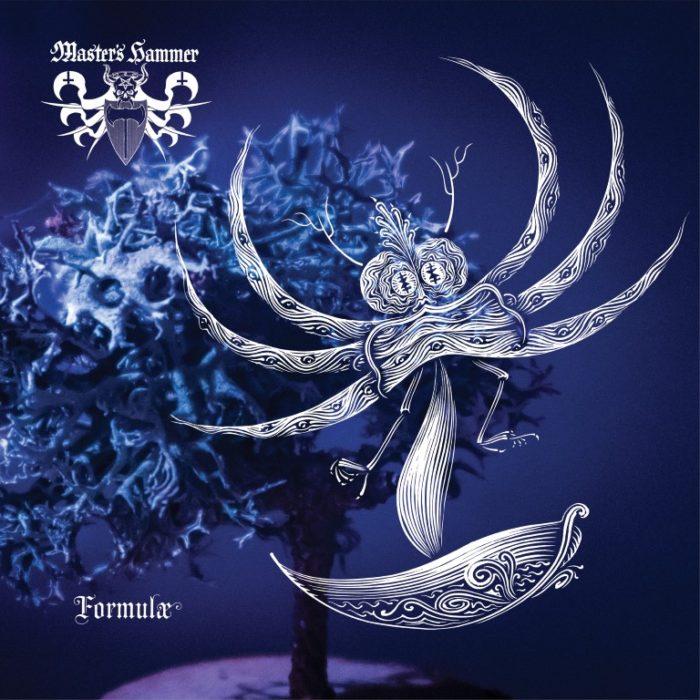
Master’s Hammer have uploaded samples today from their upcoming album, Formulæ, on their website.
5 CommentsTags: Black Metal, Czech black metal, experimental, Experimental Metal, Formulæ, intelligent dance music, Master's Hammer, news, upcoming release
Memoriam, the band with former Bolt Thrower veterans Karl Willets and Andy Whale, has uploaded a new track from their upcoming 7″, The Hellfire Demo.
6 CommentsTags: Andy Whale, Bolt Thrower, Cosmic Key Creations, death metal, karl willets, memoriam, news, upcoming release
Article by Lance Viggiano
Root’s Zjevení updates Merciful Fate from Halloween to haunt by exorcising the clownish camp while maintaining their high degree of theatricality. A textural treatment gives speed metal riffs a spectral significance that allows for it to have expressive power in dreary dungeons at midnight lit only by a faint moon that is slowly swallowed by black vapor. Tonally and thematically, Root sets the stage for later Greek acts such as Varathron and Rotting Christ to further develop this music through melodious – relatively speaking – ambience which expelled punk’s poltergeist.
14 CommentsTags: 1990, Black Metal, Czech black metal, Root, Speed Metal, Zjevení
Nick Menza, the former drummer of Megadeth, died onstage last night.
2 CommentsTags: deaths, Heavy Metal, megadeth, news, Nick Menza, Rust in Peace, Speed Metal
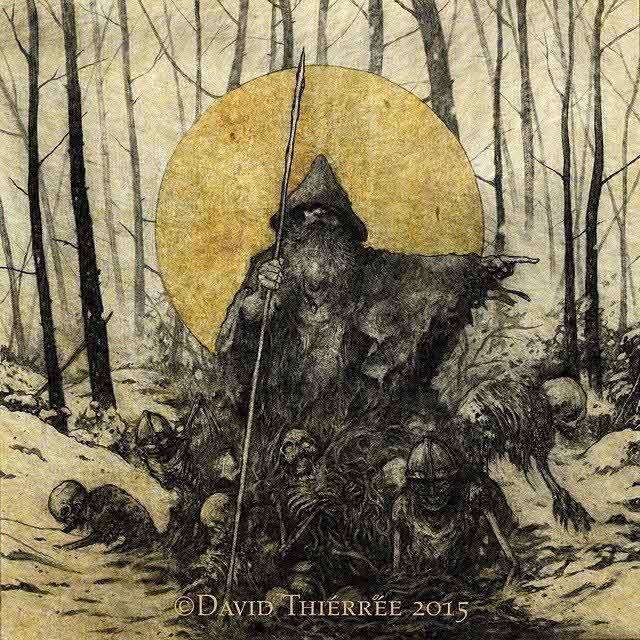
Monarque Helserkr has released a new track, “Graver sur les pierres, les souvenirs d’hier”, from his Sanctuaire viking-themed black metal project’s upcoming EP Le Sang sur l’Acier.
1 CommentTags: atmospheric metal, Black Metal, Canadian Black Metal, Le Sang sur l'Acier, Monarque, Monarque Helserkr, Québécois, Sanctuaire, upcoming release, Viking Metal